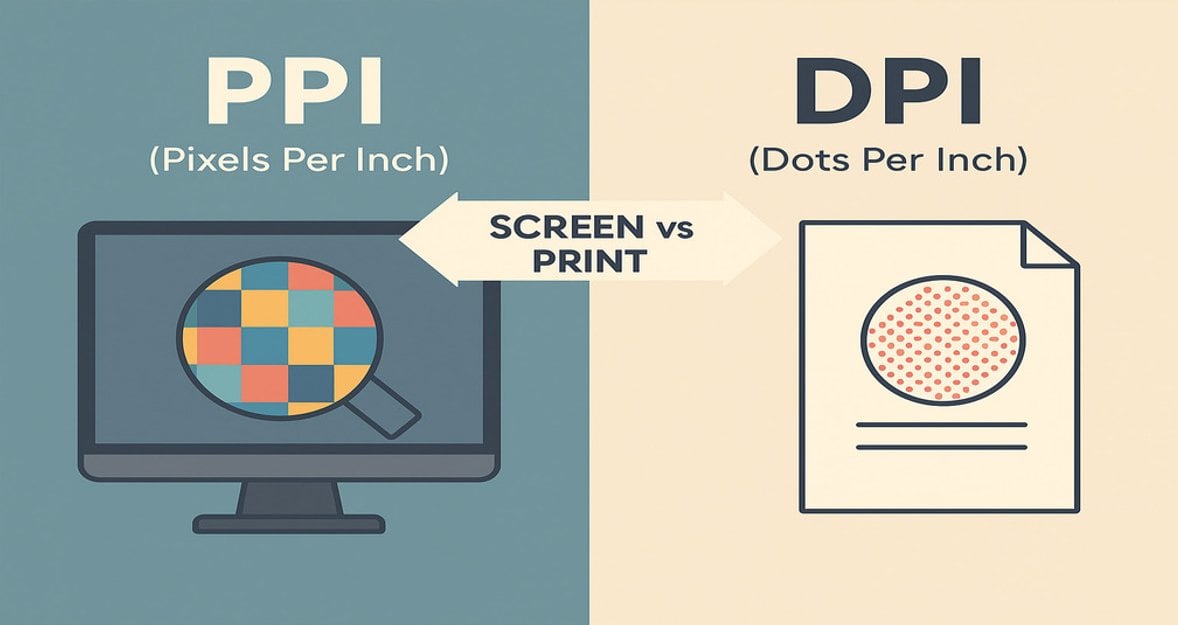Smart Home Overload? I Let AI Chat Plan My Upgrade, From Hubs To Sensors To Security

Smart home technology promises convenience but delivers confusion. Every device requires different apps. Compatibility issues plague multi-brand setups. Security vulnerabilities multiply with each connected gadget. Installation complexity intimidates beginners while overwhelming experienced users with endless options.
My existing setup had grown organically over three years. Random purchases during sales created a collection of incompatible devices that barely communicated with each other. I decided to let AI chat redesign everything from scratch, creating a comprehensive plan that prioritized integration over individual device features.
The results challenged my assumptions about smart home complexity and revealed simpler paths to meaningful automation.
The Problem: Smart Home Chaos
Walking through my house revealed the scope of the problem. Five different smart home apps controlled various devices. Motion sensors from one brand couldn’t trigger lights from another. The smart thermostat operated independently from smart vents. Door sensors recorded activity but couldn’t activate appropriate responses.
This fragmentation created more frustration than convenience. Simple tasks like “turn off all lights when leaving” required multiple app interactions. Automation rules broke when devices lost connectivity or received updates. Voice commands worked inconsistently depending on which ecosystem controlled specific devices.
The AI chat consultation began with an inventory of existing equipment and identification of pain points that prevented effective home automation.
Current State Assessment: What Actually Worked
Before planning improvements, I asked AI to analyze which existing devices provided genuine value versus those that created more problems than they solved.
Functional Systems
- Smart lights with scheduling worked reliably.
- Video doorbell provided security value despite app complexity.
- Smart thermostat reduced energy costs when properly programmed.
- Smart speakers served as convenient timers and music players.
Problem Areas
- Smart switches from different brands couldn’t coordinate.
- Motion sensors triggered individual lights instead of room scenes.
- Smart plugs required separate app management for each device.
- Security cameras stored footage in multiple disconnected systems.
This home automation ideas assessment revealed that individual devices often worked well while integration failed completely. The solution required strategic replacement rather than wholesale reinvention.
Hub Strategy: Zigbee vs Z-Wave vs WiFi
The AI chat analysis emphasized communication protocol decisions as fundamental to smart home success. This technical choice determines which devices can work together and how reliably they communicate.
Zigbee Protocol Advantages
- Lower power consumption extends battery device life.
- Mesh networking improves reliability across large homes.
- Strong device ecosystem with many manufacturer options.
- Local processing reduces internet dependency.
Z-Wave Protocol Advantages
- Excellent range and penetration through walls.
- Guaranteed interoperability between certified devices.
- Less WiFi congestion since it uses different frequency.
- Mature protocol with proven reliability record.
WiFi-Based Systems
- No additional hub required for basic functionality.
- Familiar setup process for most users.
- Direct internet access enables remote control.
- Often less expensive due to simplified hardware.
The smart home devices comparison revealed that protocol choice affects every future purchase decision. Zigbee emerged as the recommended primary protocol for most situations, with WiFi supplements for specific high-bandwidth devices like cameras.
The Master Plan: Room-by-Room Automation
AI chat structured the upgrade plan room by room, prioritizing high-impact automation over gadget accumulation. Each room received specific device recommendations and automation scenarios based on actual usage patterns.
Living Room: Entertainment and Ambiance Control
Primary goals included coordinated lighting for different activities, integrated entertainment system control, and temperature optimization.
Device strategy encompassed central Zigbee hub for protocol coordination, smart light switches rather than individual smart bulbs, motion sensors for automatic lighting activation, smart blinds for natural light and privacy management, and IR blaster for legacy TV and audio equipment integration.
Automation scenarios featured movie mode dimming lights and closing blinds automatically, presence detection adjusting temperature when room is occupied, and bedtime routine turning off entertainment and setting security mode.
Kitchen: Efficiency and Safety Focus
Primary goals included hands-free operation during cooking, appliance monitoring, and enhanced security.
Device strategy covered under-cabinet lighting with motion activation, smart smoke and carbon monoxide detectors with app notifications, water leak sensors near sink and dishwasher, smart switches for exhaust fan and garbage disposal, and refrigerator monitoring for temperature alerts.
Automation scenarios involved cooking mode activating task lighting and ventilation, water leak detection triggering automatic water shut-off valve, and smoke detection sending immediate phone alerts even when away.
Bedroom: Sleep Optimization and Security
Primary goals focused on sleep quality improvement, morning routine automation, and personal security.
Device strategy included smart thermostat with sleep schedule programming, automated blackout shades for consistent darkness, air quality monitoring with automatic purifier control, bedside wireless charging with automated phone silencing, and window and door sensors for security monitoring.
Automation scenarios featured sleep mode gradually dimming lights and adjusting temperature, wake-up routine slowly brightening lights and opening shades, and security mode activating when all residents are asleep.
Security Integration: Beyond Basic Monitoring
The IoT security checklist extended far beyond cameras and door locks. AI chat emphasized that true smart home security requires coordinated response systems rather than individual monitoring devices.
Perimeter Security Layer
- Door and window sensors on all entry points.
- Motion-activated exterior lighting with camera integration.
- Smart doorbell with facial recognition capabilities.
- Automated door locks with temporary access codes.
Interior Protection Layer
- Strategic motion sensors for activity monitoring.
- Glass break sensors in vulnerable areas.
- Smart smoke detectors with emergency lighting activation.
- Panic button integration with monitoring services.
Response Automation
- Intrusion detection triggers immediate alerts and evidence recording.
- Emergency situations activate appropriate lighting and unlock exit routes.
- System failures generate maintenance notifications before problems develop.
- Geographic presence detection adjusts security levels automatically.
Network Infrastructure: The Foundation Everyone Forgets
Smart home devices place significant demands on home networks that standard router setups often can’t handle reliably. The AI chat analysis identified network upgrades as prerequisite to device expansion.
WiFi Coverage Requirements
- Mesh network system for consistent coverage throughout home.
- Separate 2.4GHz and 5GHz networks for device optimization.
- Guest network isolation for security and performance.
- Quality of Service prioritization for critical devices.
Internet Bandwidth Planning
- Security cameras require substantial upload bandwidth for cloud storage.
- Multiple simultaneous video streams challenge most connections.
- Automatic backup systems can saturate available bandwidth.
- Video calling and streaming compete with smart home traffic.
Device Selection Methodology: Quality Over Quantity
The smart home devices recommendation process prioritized reliability and integration over features and price. AI chat analysis revealed that device failure in integrated systems causes cascading problems that affect multiple automation scenarios.
Primary Selection Criteria
- Protocol compatibility with chosen hub ecosystem.
- Manufacturer track record for firmware updates and support.
- User reviews focusing on long-term reliability rather than initial impressions.
- Integration capabilities with major smart home platforms.
Brands and Models That Made the Cut
- Philips Hue for lighting systems.
- Aqara for sensors and switches.
- Ecobee for climate control.
- Ring for security systems.
- Samsung SmartThings for hub coordination.
Implementation Timeline: Phased Deployment Strategy
Rather than attempting complete transformation simultaneously, AI chat recommended a phased approach that maintains functionality while introducing new capabilities gradually.
Phase 1 (Month 1): Foundation Building
- Install central hub and configure network infrastructure.
- Replace critical lighting switches for immediate daily impact.
- Set up basic security monitoring with existing devices.
- Establish automation rules for essential functions.
Phase 2 (Month 2): Core Automation
- Add motion sensors and environmental monitoring.
- Implement room-based lighting and climate scenes.
- Expand security coverage to all entry points.
- Create morning and evening routine automation.
Phase 3 (Month 3): Advanced Integration
- Install automated blinds and advanced sensors.
- Add specialized devices for specific problem areas.
- Implement energy monitoring and optimization.
- Create complex multi-device automation scenarios.
Budget Reality Check: Costs and Priorities
Smart home automation can consume unlimited budgets if approach lacks discipline. The AI chat consultation established realistic spending priorities that deliver maximum impact per dollar invested.
High-Impact, Low-Cost Improvements ($200–500)
- Smart switches for frequently used lights.
- Basic motion sensors for automatic activation.
- Smart thermostat for energy savings.
- Door and window sensors for security peace of mind.
Medium Investment, Major Convenience ($500–1500)
- Central hub for device coordination.
- Comprehensive lighting control system.
- Enhanced security with cameras and monitoring.
- Climate optimization with smart vents and sensors.
Premium Features for Complete Automation ($1500+)
- Automated window treatments for natural light control.
- Whole-house audio and entertainment integration.
- Professional security system with monitoring service.
- Energy management with solar and battery backup.
The home automation ideas prioritization revealed that diminishing returns affect smart home spending just like other technology investments. The first $500 typically provides more daily impact than the next $2000.
Lessons Learned: What Actually Matters
Automation Complexity Should Match User Complexity
Simple, reliable automation works better than sophisticated systems requiring constant adjustment. Motion-activated lights provide more daily value than complex scene programming that breaks frequently.
Integration Beats Individual Performance
Mediocre devices that work together seamlessly provide better user experience than excellent devices operating in isolation. Protocol compatibility matters more than individual feature sets.
Maintenance Requirements Scale With Complexity
More devices mean more potential failure points and more time spent on updates, troubleshooting, and optimization. The system maintenance burden should factor into expansion decisions.
The Future of Smart Home Integration
This AI chat-guided transformation revealed both the potential and limitations of current smart home technology. The tools exist to create genuinely useful automation, but success requires more planning and technical understanding than marketing materials suggest.
Emerging technologies like Matter protocol promise better interoperability, while edge AI processing could reduce cloud dependency and privacy concerns. However, fundamental challenges around complexity, maintenance, and security will persist regardless of technological advances.
The key insight: smart home technology works best when it solves specific, identified problems rather than implementing automation for its own sake. The most successful deployments focus on daily friction points rather than impressive technical demonstrations.
Chatly AI chat proved valuable for this planning process because it could synthesize information across multiple domains while maintaining focus on practical outcomes rather than technical possibilities. This holistic approach prevented common pitfalls that affect many smart home projects.
Smart home automation continues evolving rapidly, but the fundamental principles remain constant: start with clear goals, prioritize integration over features, implement gradually, and maintain realistic expectations about complexity and maintenance requirements.




